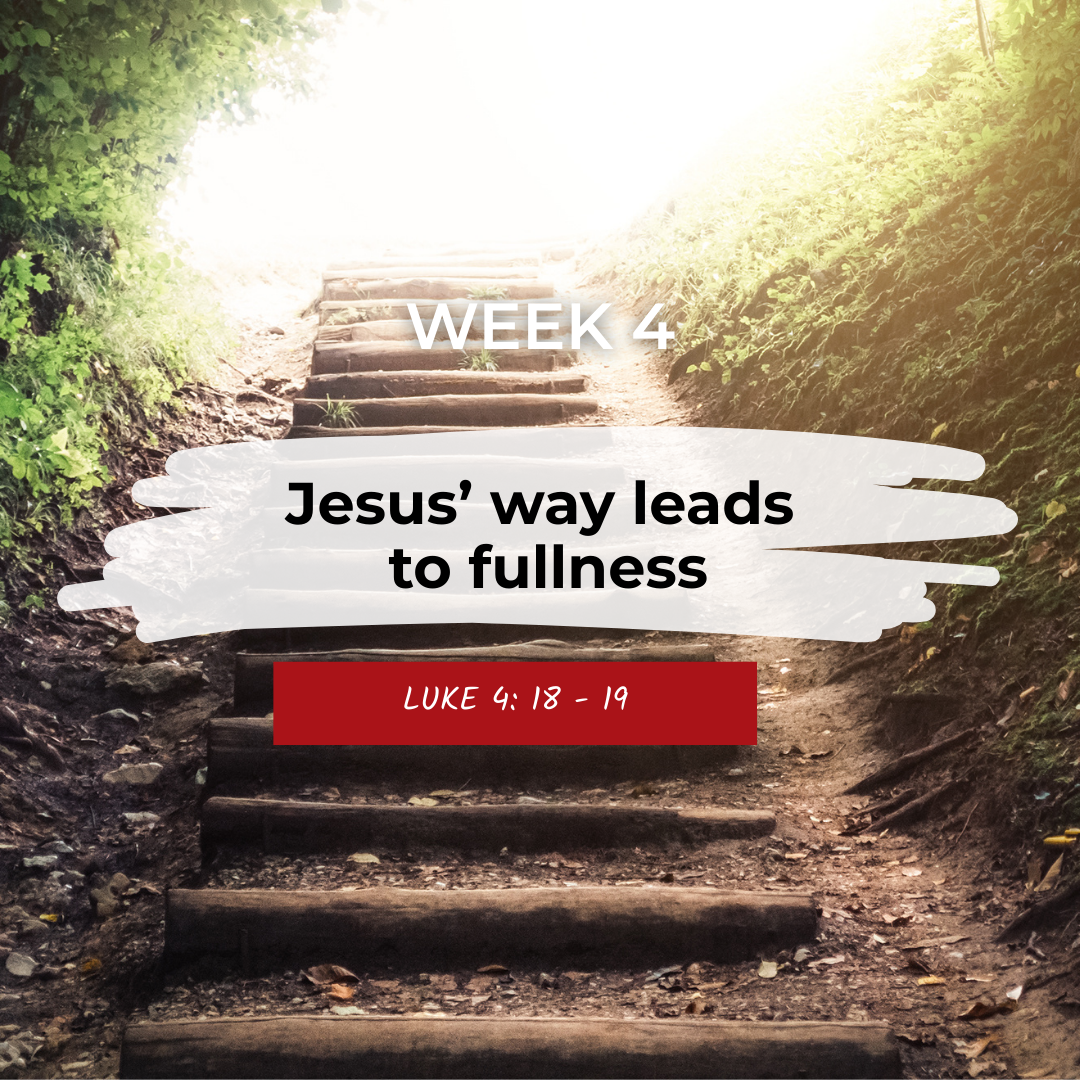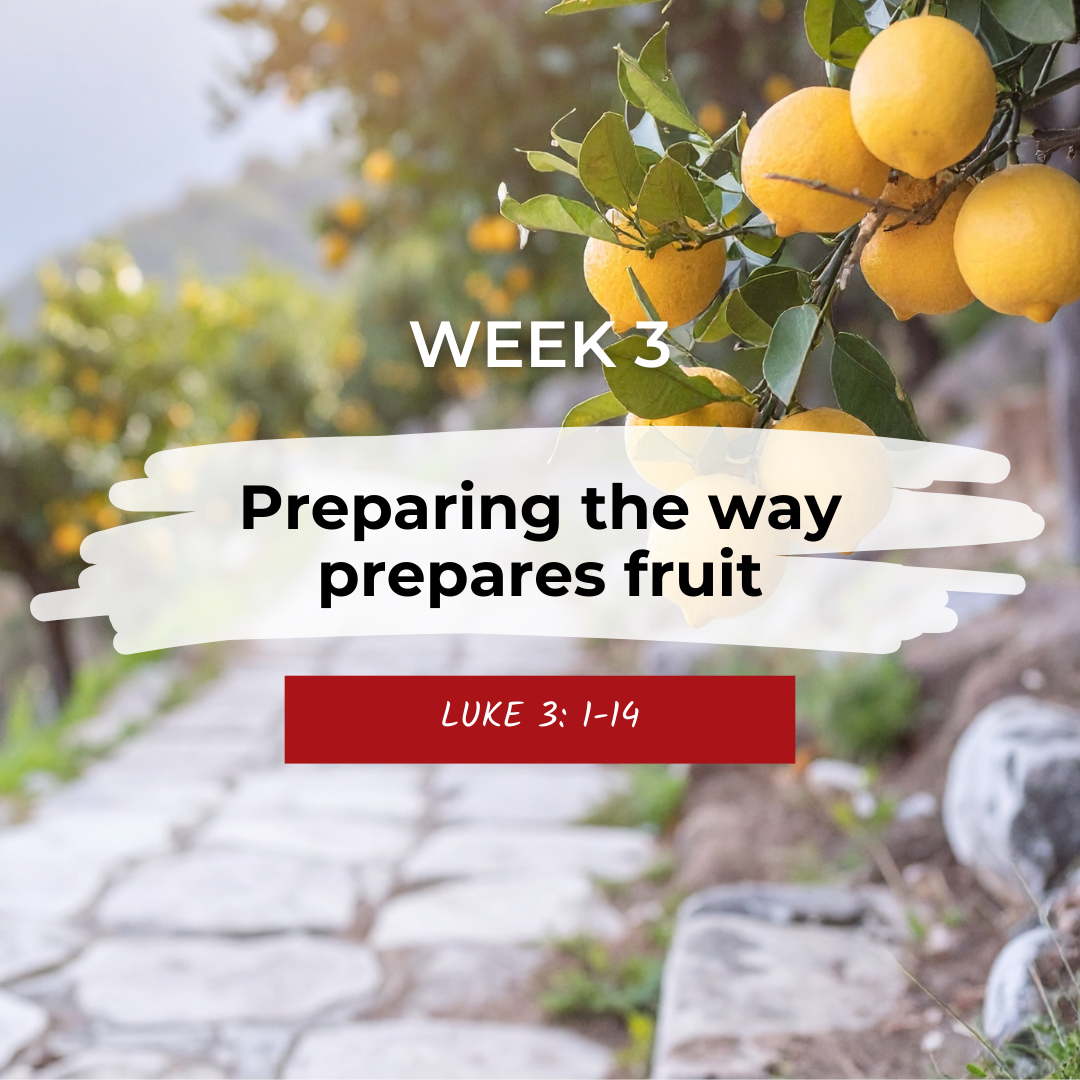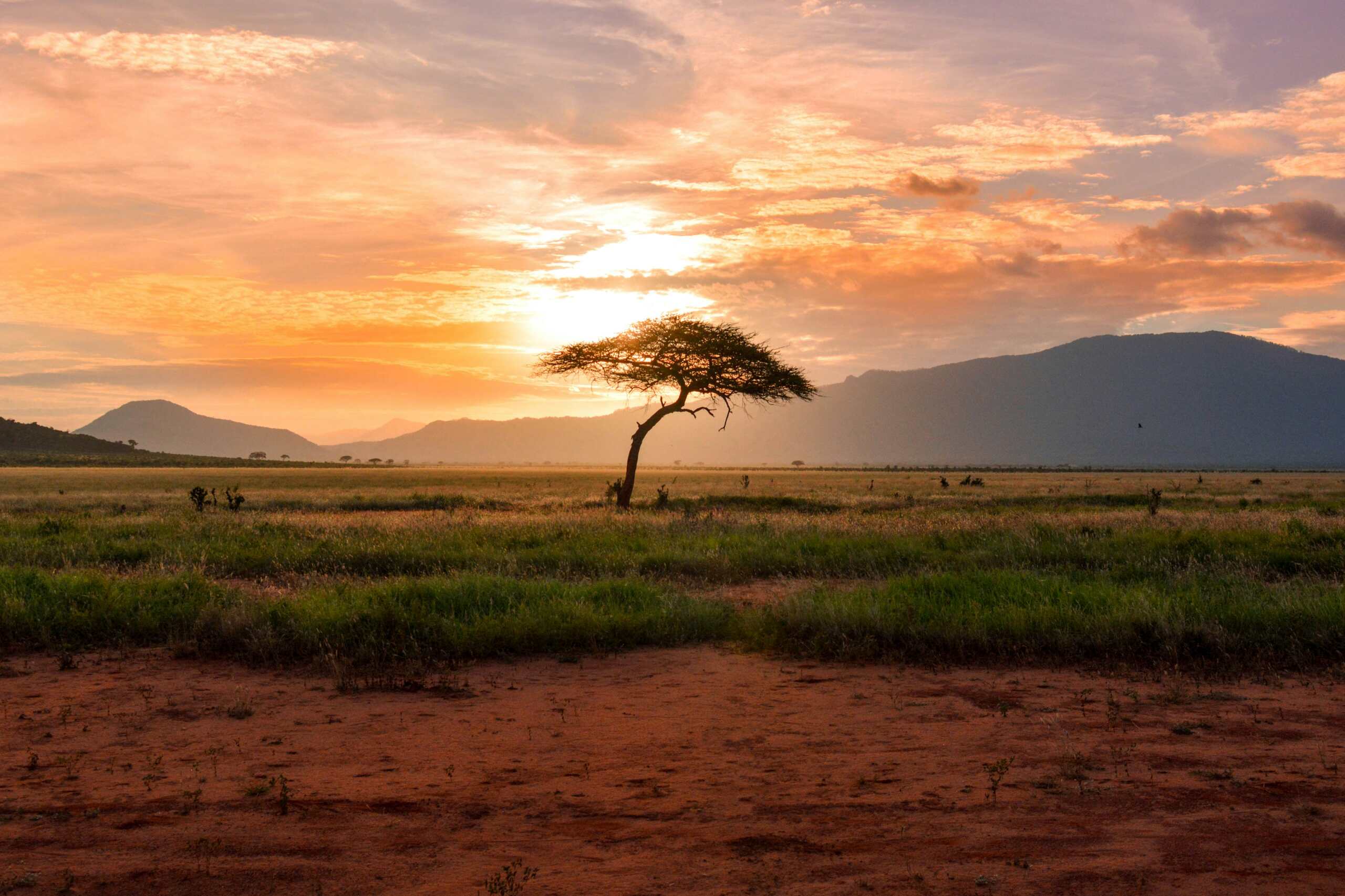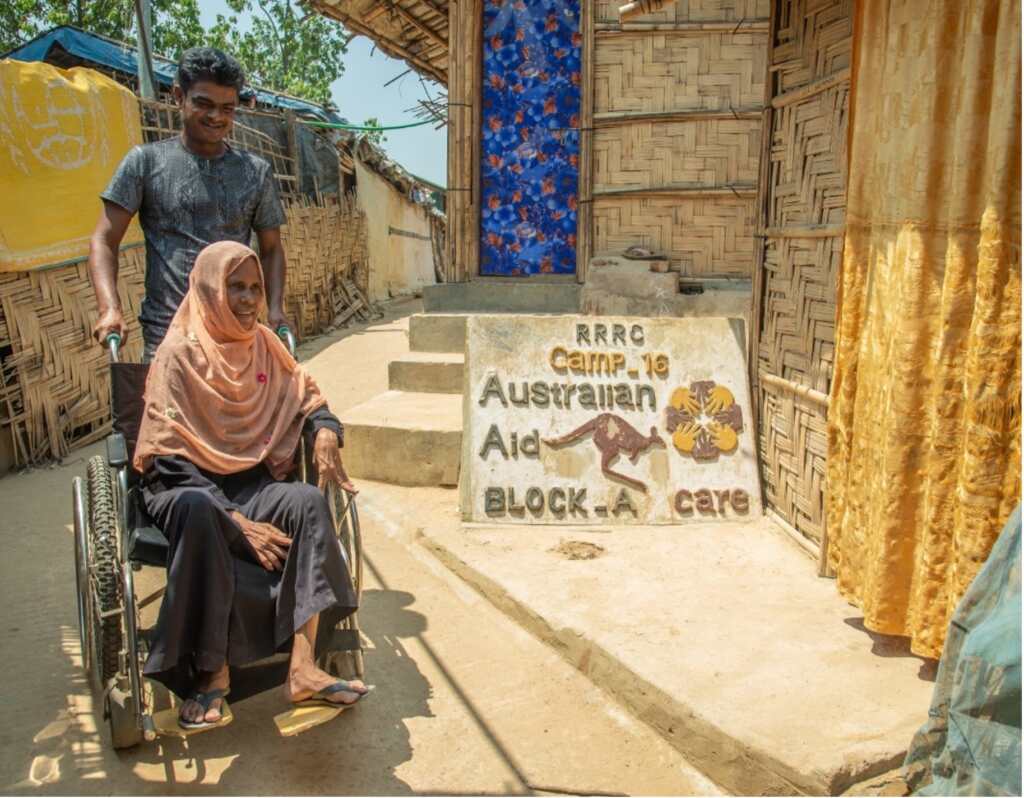People with disabilities must be included in humanitarian action #NoMatterWhat
Iag, Stories | August 17, 2023
Evidence has shown that people with disabilities face higher risks in conflict and disaster situations and are also most likely to be left behind in humanitarian efforts. On this World Humanitarian Day, we asked Karen Alexander, a senior advisor in CBM’s Inclusion Advisory Group Australia team with more than 18 years of experience in the humanitarian sector, to share with us her thoughts on disability-inclusive humanitarian work.
What do you think are the key issues that contribute to the ongoing exclusion of people with disabilities in humanitarian work?
Despite people with disabilities making up the largest minority group in the world (estimated at 16% of the global population) their needs continue to be unaccounted for in disaster preparedness and response. Information is often not available in accessible formats, so people with disabilities are less aware and prepared for a disaster. Even if they can make it to the evacuation centre during an emergency, they may not be able to enter it because of stairs or other barriers. And, in the aftermath of a disaster or humanitarian crisis when assistance begins to be provided by local responders and other actors who mobilise, people with disabilities are often invisible and inadvertently excluded.
Humanitarian action aims to save lives and alleviate suffering while respecting and restoring dignity. And the humanitarian principle of impartiality means we work to address need where it exists, giving priority to the most urgent cases. But even though we know we need to reach groups who are most at risk, identifying and targeting people with disabilities can be challenging and if people with disabilities aren’t identified in needs assessment processes, they are at risk of being left out of response and recovery efforts.
These issues are also in the context of a humanitarian system that is under huge strain with rapidly increasing needs generated by ever more complex crises and reduced funding (Global Humanitarian Overview, 2023). At the same time there have been increased commitments to improve people-centred approaches and shift power to local representative organisations but the system is very resistant to change. So frontline workers are under constant pressure to improve standards with less resources. Having said that there is evidence that more humanitarian agencies are developing and resourcing strategies for improving inclusion and it has been great to see engagement with Organisations of Persons with Disabilities (OPDs) increasing. It’s just very difficult to know whether this is translating into more inclusive assistance and time (and investment in evidence collection) will tell.
This year’s theme for World Humanitarian Day is #NoMatterWhat – what does this theme mean to you in the context of disability inclusion?
To me ‘no matter what’ indicates we can’t do it alone, it needs to be a collective endeavour. People with disabilities themselves are asking for a seat at the table and to be listened to as they share what will help them in humanitarian emergencies. It’s about supporting equal participation by removing barriers and providing reasonable accommodations so they can articulate what they need and ensure they benefit equally with others in their world.
“People with disabilities themselves are asking for a seat at the table and to be listened to, as they share what will help them in humanitarian emergencies.” – Karen Alexander
What specific measures can humanitarian organisations implement to improve the overall disability inclusion in their operations?
Humanitarians are usually pragmatists, and we tend to operate on a ‘one size fits most’ approach because meeting the needs of the greatest number of people in the lowest amount of time seems the foremost concern. But this approach often inadvertently excludes people. And although the very first of the core humanitarian standards is that people affected by crisis will have access to humanitarian assistance that is appropriate and relevant to their needs, in practice this does not always happen.
We need to be adaptable and flexible and try to find solutions which work around the constraints that we are faced with. For example, within the Rohingya camps in Bangladesh the terrain is very hilly, very steep, and it’s hard to make shelters and pathways accessible for people with disabilities. There are a lot of challenges, but they can also be addressed creatively.
“Always ask people with disabilities themselves what they need, ask them directly.” – Karen alexander
Key to generating creative solutions is asking people with disabilities themselves, as the experts in their own lives, how to best meet their needs for accessibility in a program or setting, such as a camp.
There has also been a significant increase in cash assistance in recent years (as a proportion of assistance provided) and this offers great potential for inclusion. We know that households of people with disabilities face additional costs associated with disability. We have been working with our partners to support them to improve accessibility of their cash assistance and targeting to account for the extra expenditure incurred by households with disabilities.
Can you share some examples of successful disability inclusion initiatives that you have been involved in/observed?
The Australian Humanitarian Partnership (AHP) Bangladesh Rohingya Response is a really challenging context, but we have managed to do some good disability inclusion work. There were very few OPDs in that part of Bangladesh at the start of the crisis and of course those that were there did not represent the Rohingya population, so it was very hard for humanitarian actors to consult with OPDs. CBM and our local partner Centre for Disability in Development (CDD) have been establishing and supporting self-help groups (SHGs) and disability support committees (DSCs) in the Rohingya camps. We have then linked these informal groups with more formal OPDs for capacity building and strengthening. Now these groups are engaging with the mainstream humanitarian agencies for example by conducting accessibility audits on their WASH, Health and Education infrastructure or inputting into the monitoring and evaluation of the program.
Image: Rohingya camp in Bangladesh. Credit AHP Phase III Communications & Advocacy Working Group.
What are some of the helpful resources and guidelines in the field of disability inclusion in humanitarian work?
The go-to handbook is the IASC Guidelines on inclusion of persons with disabilities in humanitarian action, which includes a chapter on cash assistance. The Humanitarian inclusion standards for older people and people with disabilities (HIS) is another useful resource and the Humanitarian Hands-on Tool is a mobile phone app which really is very helpful when you need quick advice on specific sectors such as WASH or shelter.
“If we can involve people with disabilities and their representative organisations in humanitarian action, we benefit from their great expertise and experience with overcoming barriers.” – Karen alexander
Essentially best practice is to engage people with disabilities and their representative organisations in a collaborative and meaningful way and to work with people with disabilities to identify and overcome barriers to their benefit on an equal basis with others.
For more information
Find out more about the work of our Inclusion Advisory Group
Photo credit: AHP Phase III Communications & Advocacy Working Group.
https://www.cbm.org.au/stories/people-with-disabilities-included-humanitarian-action
Related Stories

Advent 2025: Jesus’ way leads to fullness
The way of Jesus gives people freedom and empowers them to live out their God-given purpose. The last few weeks...

Advent 2025: Preparing the way produces fruit
John the Baptist called people to prepare for God’s presence through repentance and by producing fruit (acts of justice,...

From sports to advocacy – the journey of the Isiolo Umbrella Disability Group
The Promoting Inclusive Delivery of Eye Care (PRIDE) Project is a...

